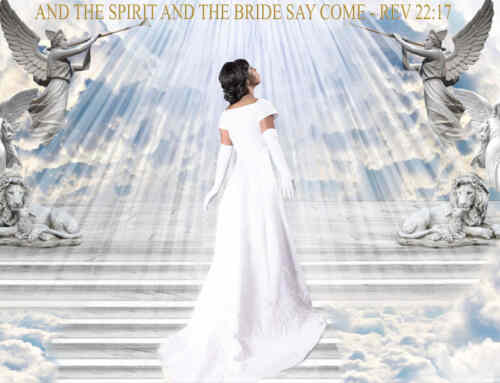The scriptures of the Holy Bible are directly referenced by our Lord in Luke 24:44 “And he said unto them, These are the words which I spake unto you, while I was yet with you, that all things must be fulfilled, which were written in the law of Moses, and in the prophets, and in the psalms, concerning me.” The New Testament writers included approximately 250 Old Testament quotations. If you count indirect or partial quotations, the number jumps to more than 1,000. There is a reference to all accepted Old Testament books except Obadiah. However, the whole New Testament contains not even one explicit citation of any of the Old Testament Apocryphal books. This omission can scarcely be viewed as accidental.
It is clear that the writers of the New Testament were concerned with demonstrating the continuity between the Old Testament Scriptures and the faith they proclaimed. Hence, the whole Old Testament canon is established.
Again, as the New Testament was being assembled, the four Gospels have been accepted from the earliest times as being an accurate account of the life and words of our Lord Jesus Christ. While neither Mark nor Luke were Apostles, their writings form an important part of these blessed accounts of Jesus’ life. The Acts of the Apostles, also authored by Luke, again has been accepted as an accurate and invaluable account. Following this, we have the epistles written by the Apostles. These fall into three categories, those addressed to individual churches (Romans, Corinthians, etc.); those that were intended to be copied and shared among the churches (Peter’s epistles, Colossians, etc.); and a few private letters (Titus, Timothy, Philemon and 3 John, etc.). From the first, the book of Revelation has held a special place in the New Testament.
The first time all of these materials from the Old Testament and New Testament were assembled between two covers, was in the time of the Roman emperor Constantine (reigned 313 -337 AD). This formidable project was a gift to the church from Constantine and each word in Greek was copied by hand in the best penmanship available on costly parchment. This Holy Bible still exists today and is called the Sinaitic Codex: http://www.codexsinaiticus.org/en/
For ease of study and cross reference, bound pages (technically called a “codex”) were used, rather than employing scrolls. Translations of the books in the Holy Bible into every language spoken by Christians have continued from that day to the present.











